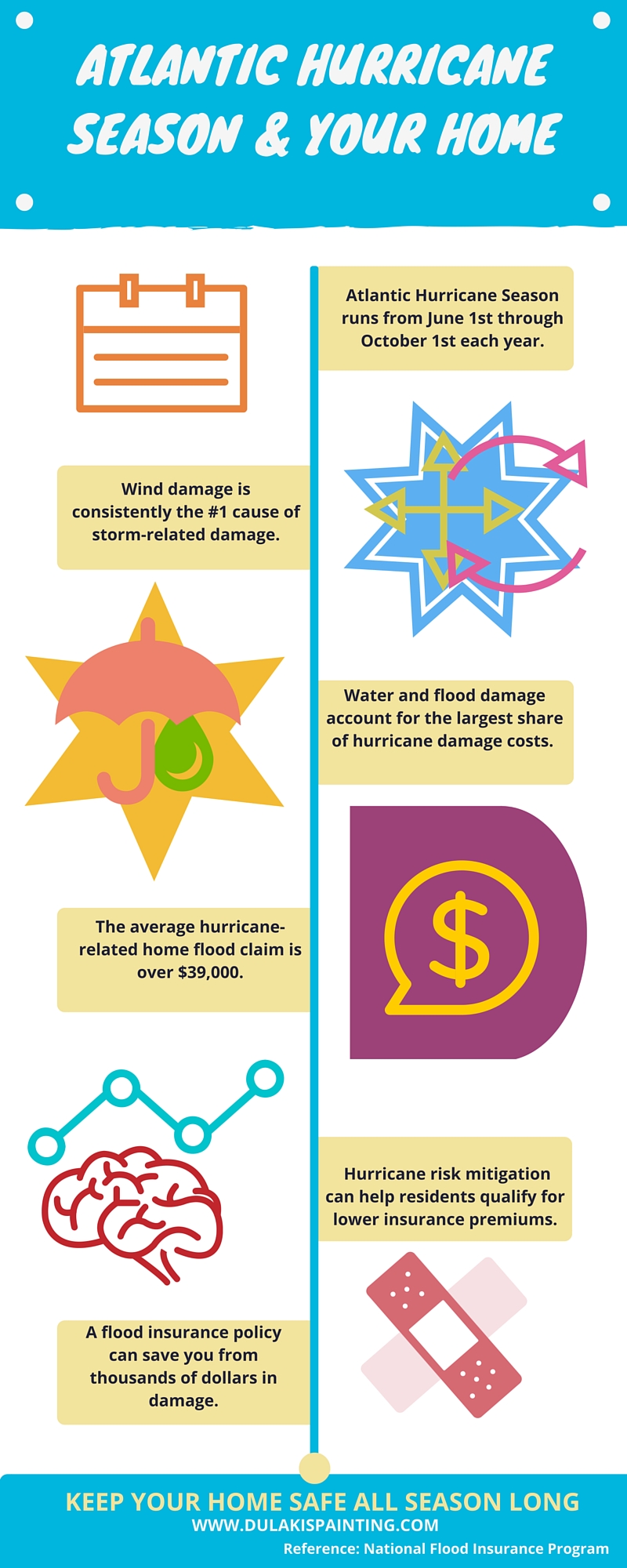Learn About The Ways In Which Seasonal Elements Can Influence The Success Of Commercial Outside Painting And Determine The Very Best Times To Achieve Long Lasting Results For Your Task
Learn About The Ways In Which Seasonal Elements Can Influence The Success Of Commercial Outside Painting And Determine The Very Best Times To Achieve Long Lasting Results For Your Task
Blog Article
Short Article Author-Leach Celik
When you're planning an industrial outside paint job, seasonal aspects can make or break your outcomes. You'll want to consider just how temperature and moisture impact paint application and drying out times. Selecting the ideal period can guarantee your paint sticks appropriately and lasts much longer. However which periods are really the best for this type of job? Let's check out the key elements that can influence your job's success.
The Effect of Temperature Level on Paint Application
When you're intending an industrial external painting task, the temperature level can significantly affect exactly how well the paint adheres and dries.
Ideally, Suggested Website intend to repaint when temperatures range between 50 ° F and 85 ° F. If it's also cool, the paint may not treat correctly, bring about issues like peeling or splitting.
On the other side, if it's too warm, the paint can dry as well quickly, avoiding correct adhesion and resulting in an uneven finish.
You should also take into consideration the time of day; morning or late afternoon supplies cooler temperatures, which can be much more desirable.
Constantly examine the maker's recommendations for the particular paint you're making use of, as they frequently supply advice on the perfect temperature level range for optimum outcomes.
Humidity and Its Result on Drying Times
Temperature isn't the only ecological element that affects your commercial outside paint project; moisture plays a significant role as well. High humidity levels can reduce drying out times significantly, influencing the total top quality of your paint job.
When the air is filled with moisture, the paint takes longer to cure, which can result in problems like poor bond and a greater danger of mold development. If you're painting on a particularly humid day, be planned for extended delay times in between coats.
It's vital to keep track of neighborhood weather conditions and plan as necessary. Preferably, go for humidity levels in between 40% and 70% for ideal drying out.
Maintaining these consider mind ensures your project stays on track and provides a lasting finish.
Best Seasons for Commercial Outside Paint Projects
What's the most effective season for your industrial exterior paint projects?
Springtime and early loss are usually your best bets. Throughout these seasons, temperatures are moderate, and moisture degrees are typically lower, developing optimal conditions for paint application and drying out.
Prevent summer season's intense heat, which can create paint to completely dry as well swiftly, bring about poor adhesion and surface. Likewise, winter's cool temperatures can impede appropriate drying out and treating, risking the durability of your paint task.
Go for days with temperature levels in between 50 ° F and 85 ° F for optimum outcomes. Bear in mind to examine the neighborhood weather report for rain, as wet conditions can spoil your task.
Planning around these elements guarantees your paint task runs smoothly and lasts much longer.
Verdict
In conclusion, preparing your industrial outside painting jobs around seasonal considerations can make a considerable difference in the result. By scheduling work throughout the ideal temperatures and moisture levels, you'll ensure far better bond and drying out times. Remember to watch on regional weather forecasts and select the right time of year-- springtime and very early autumn are your best bets. Taking these actions will help you accomplish a long lasting and professional coating that lasts.
